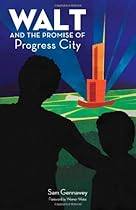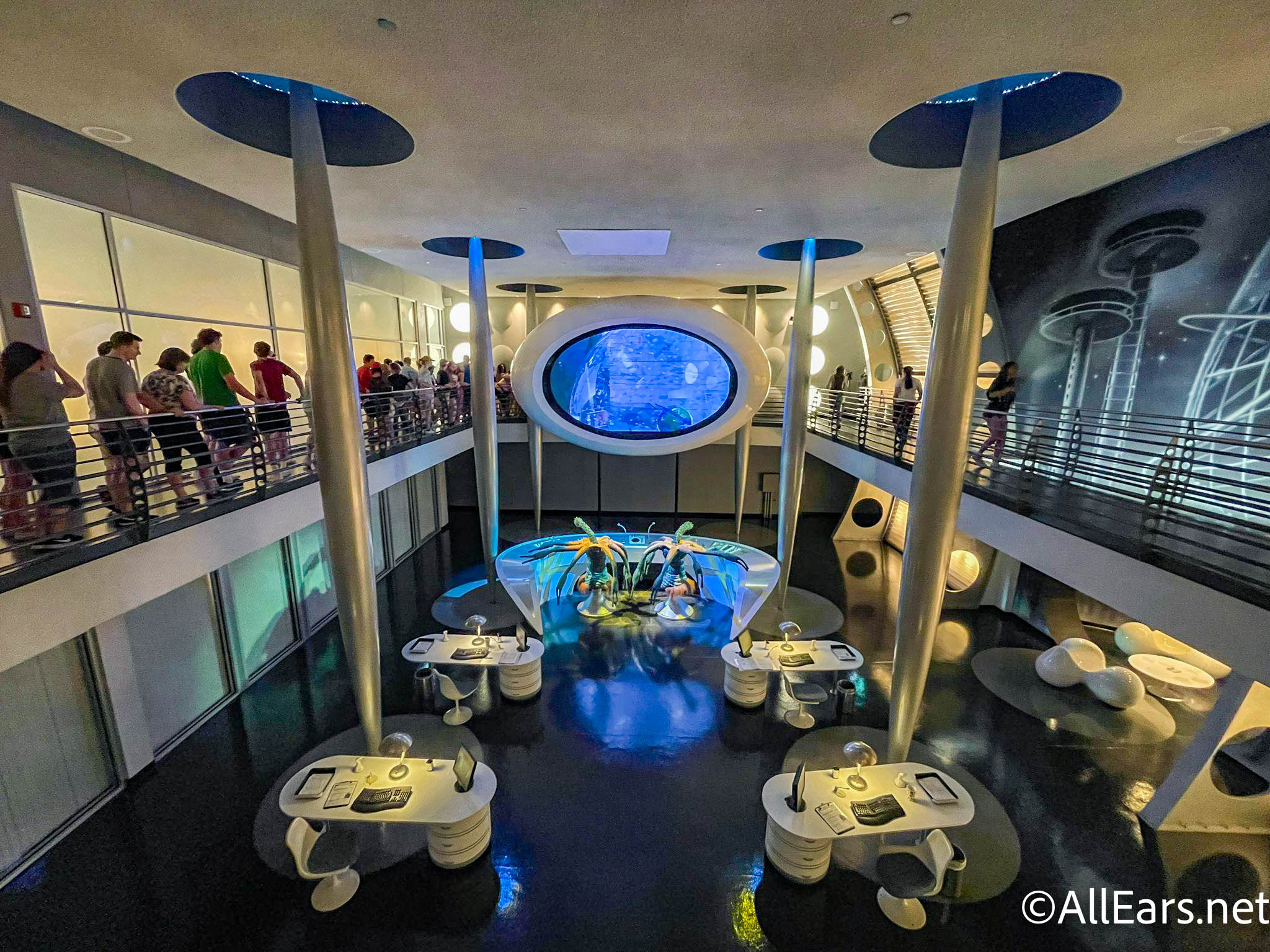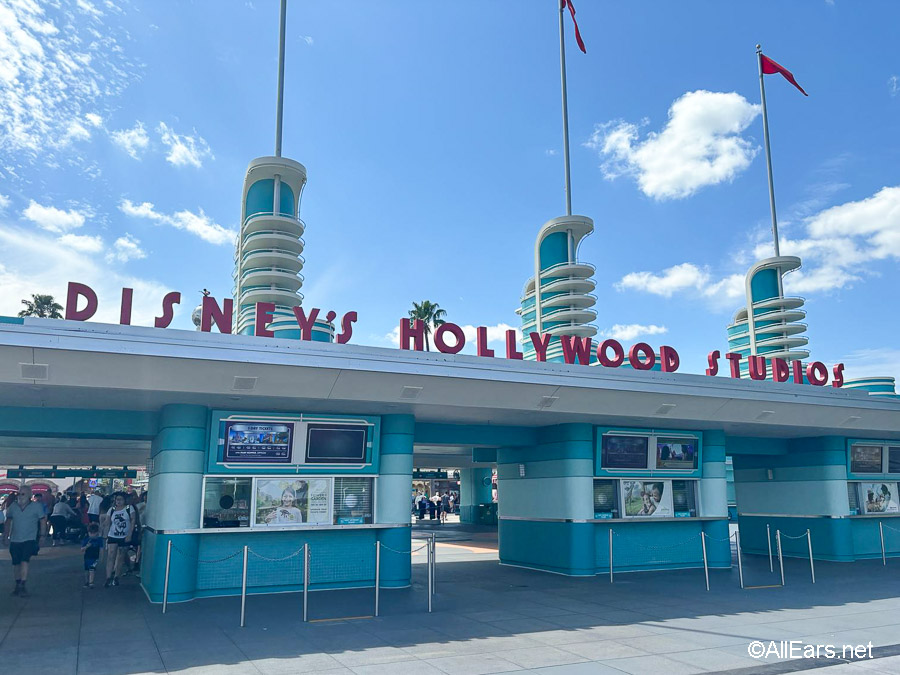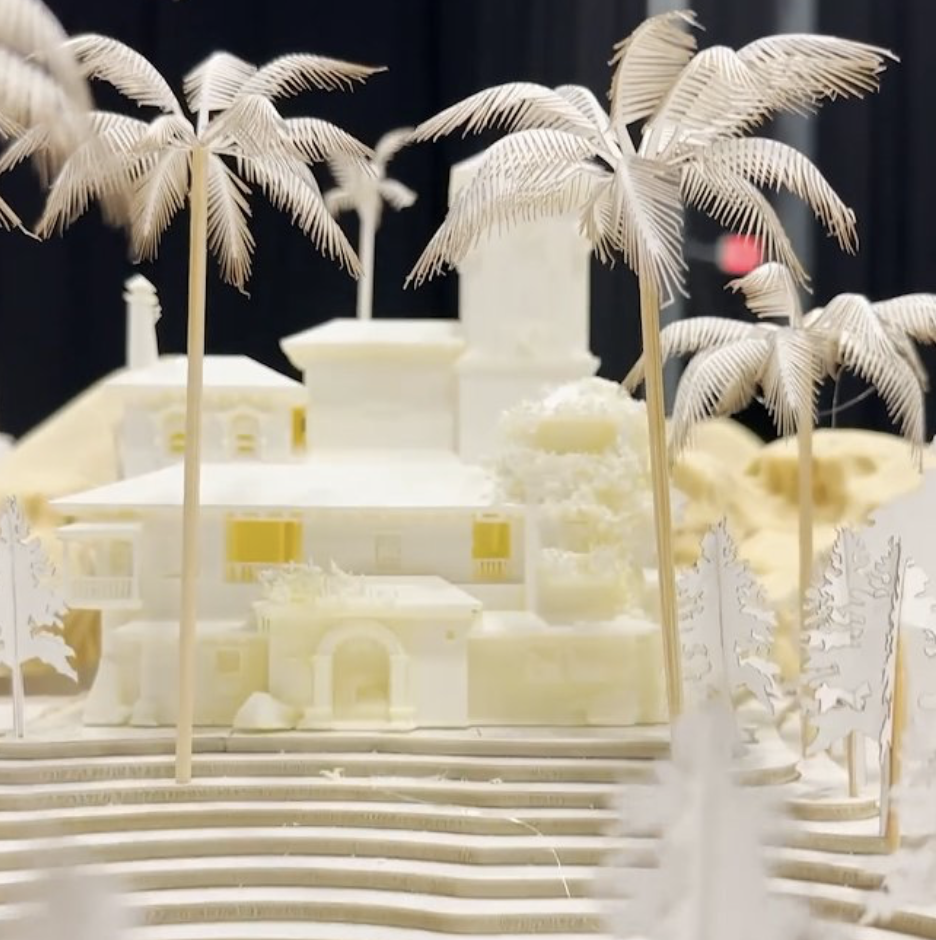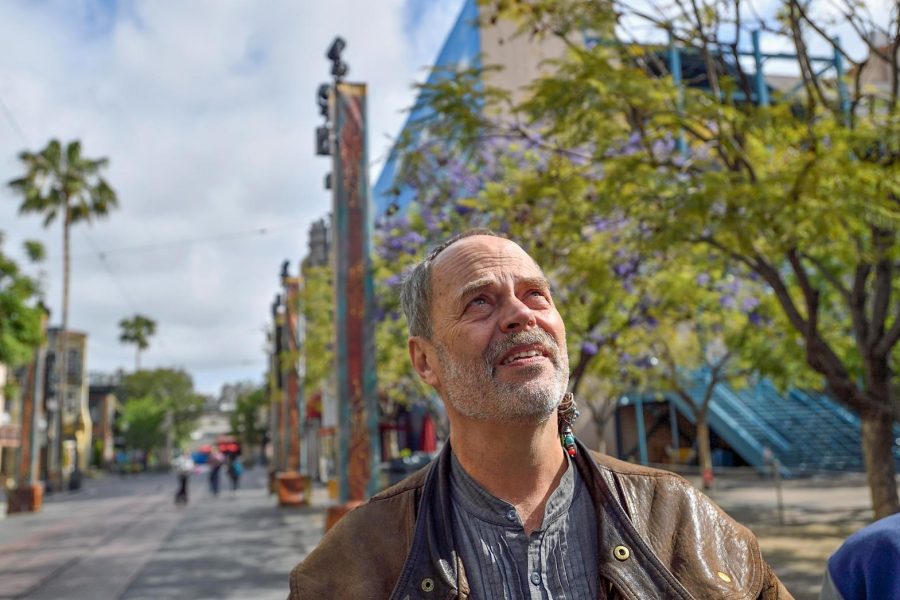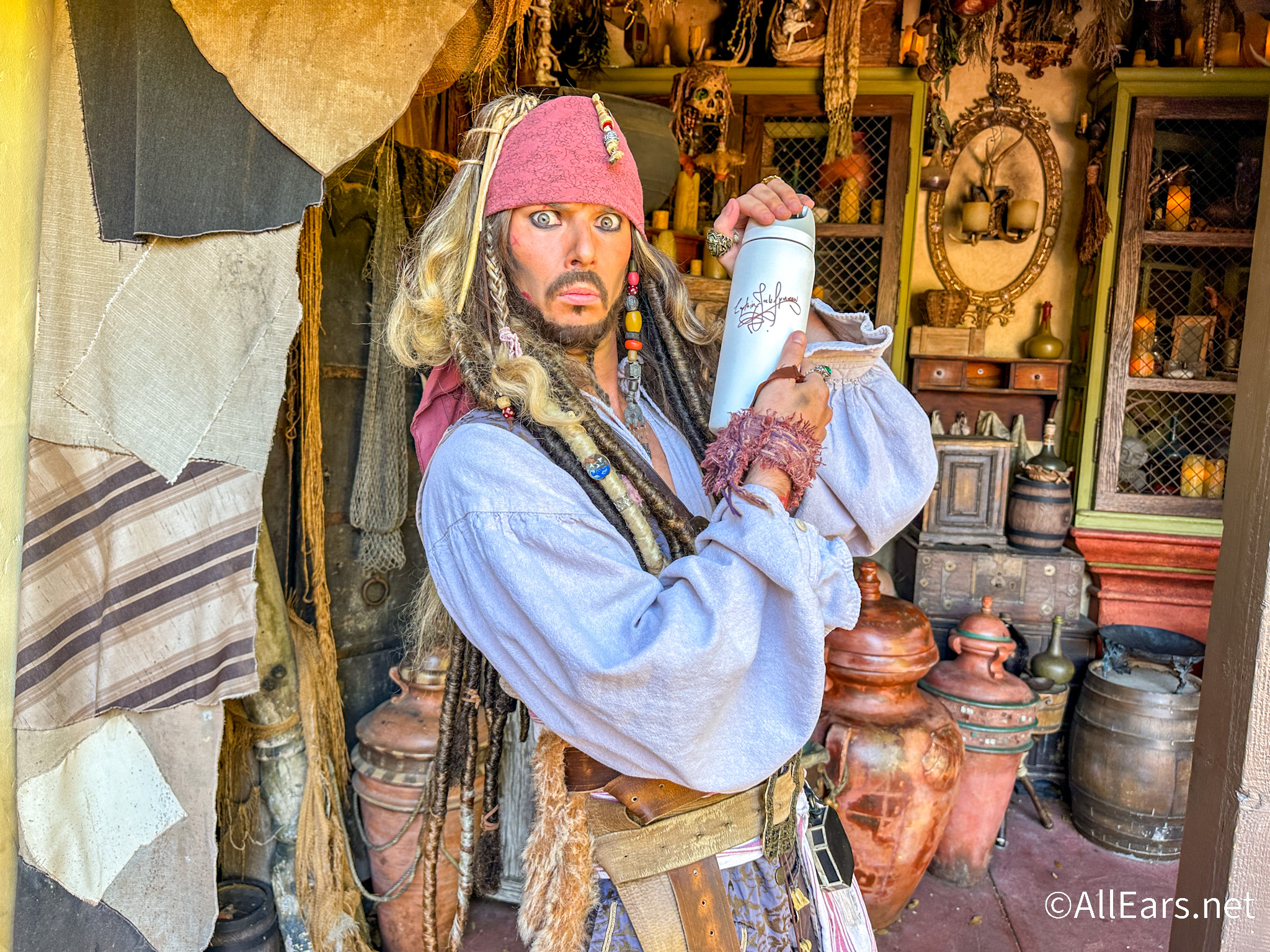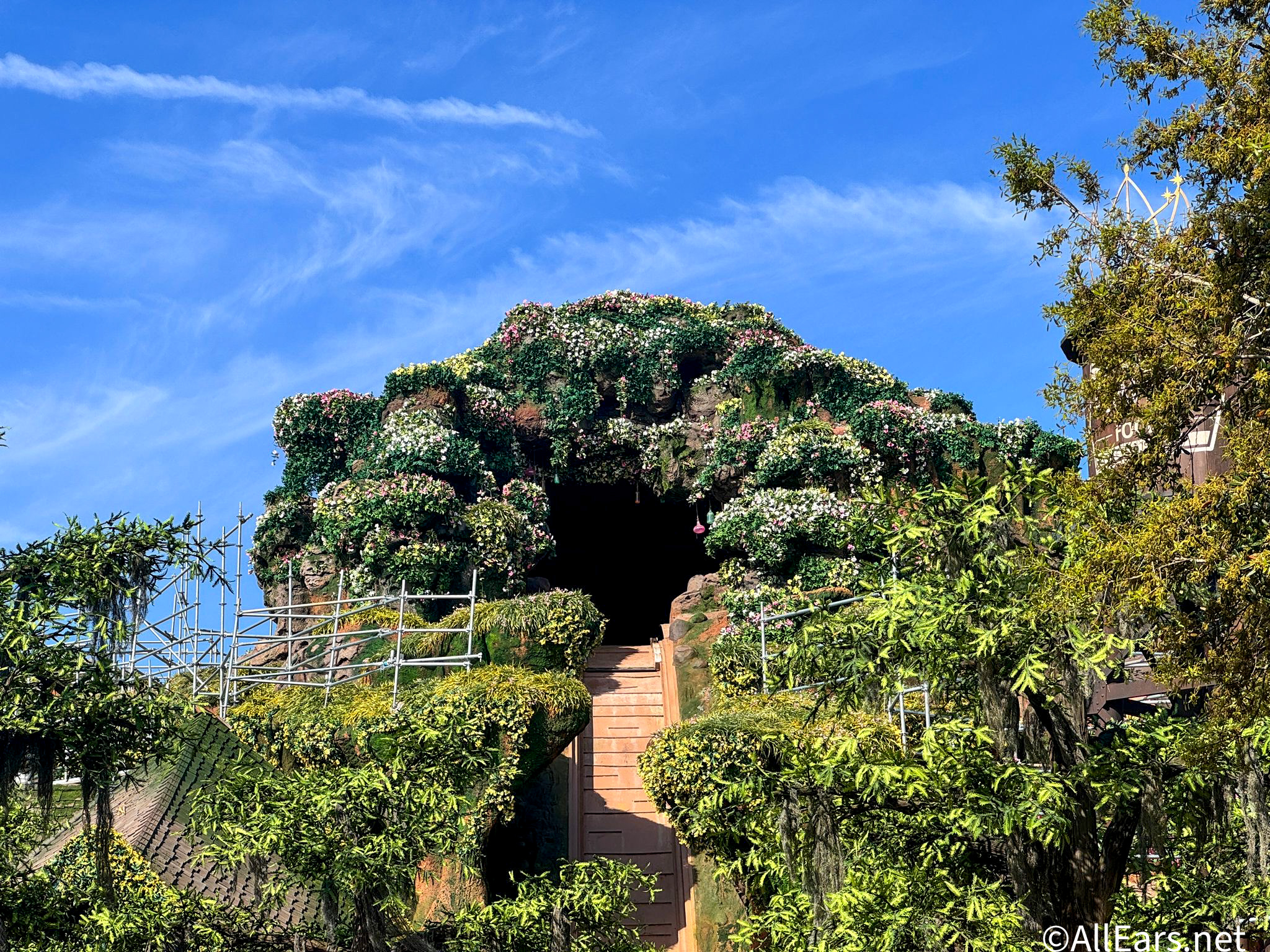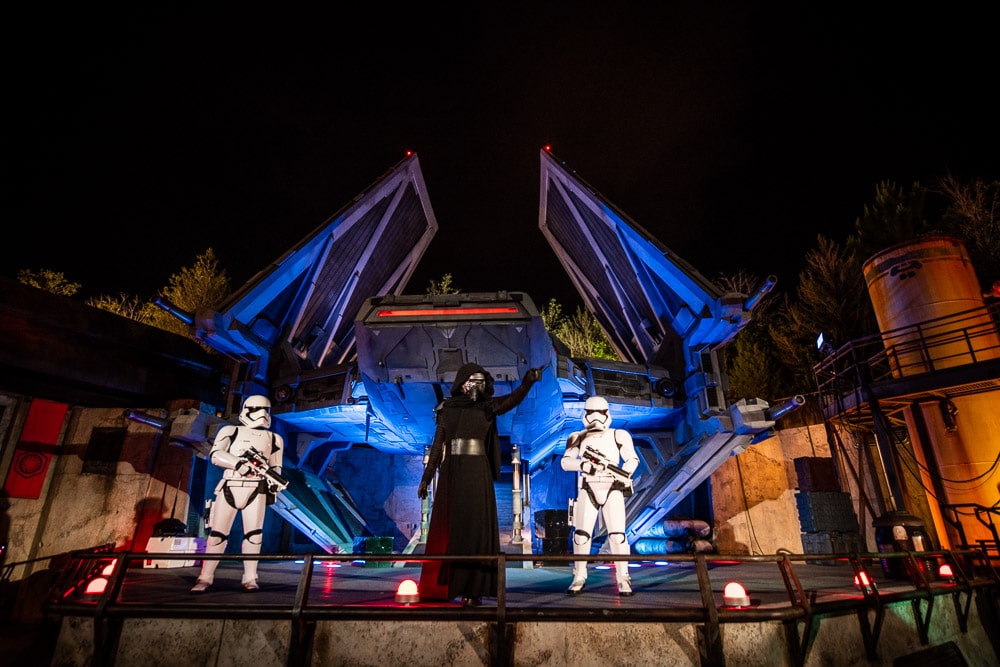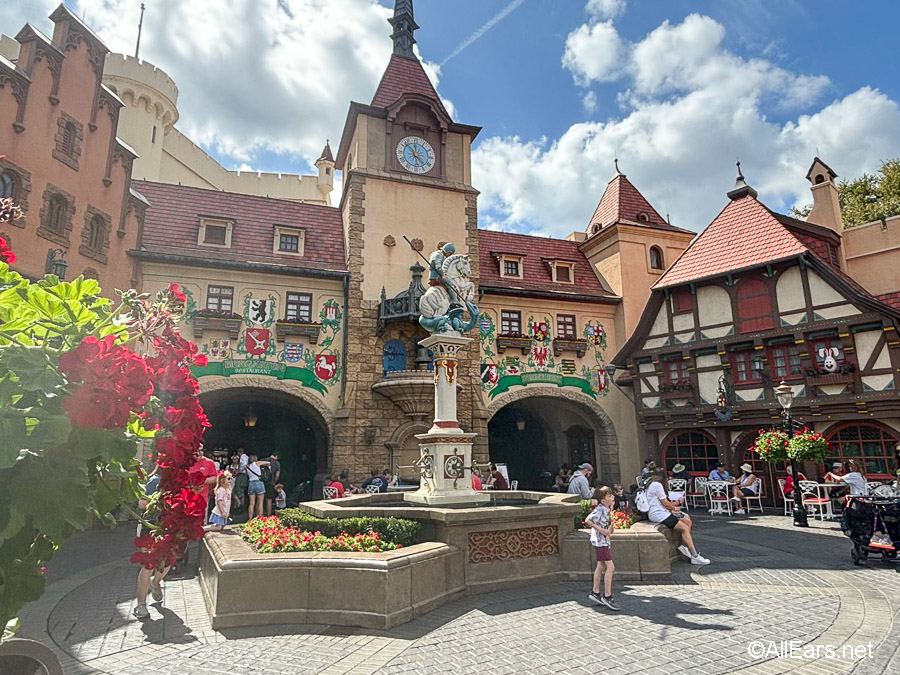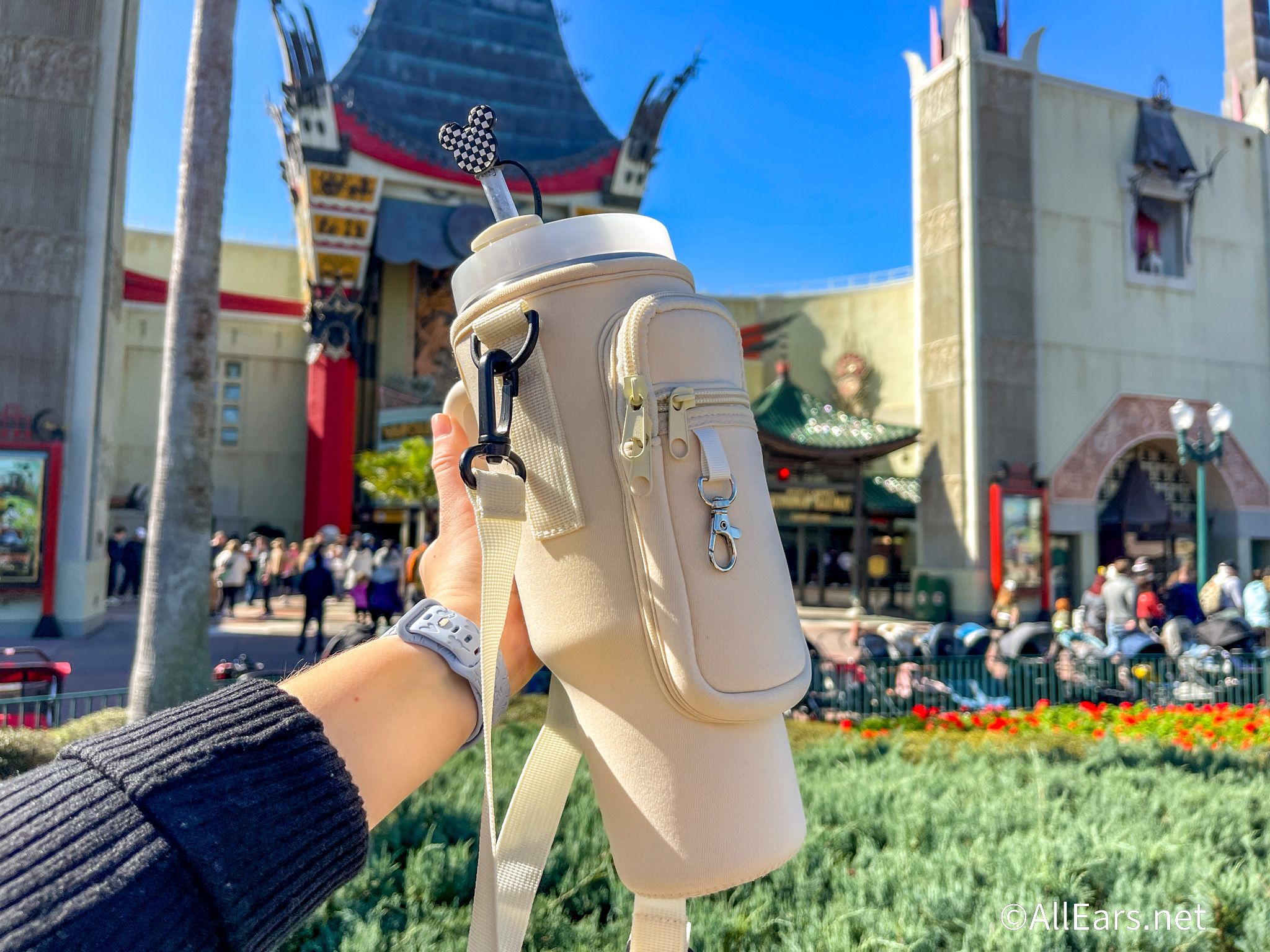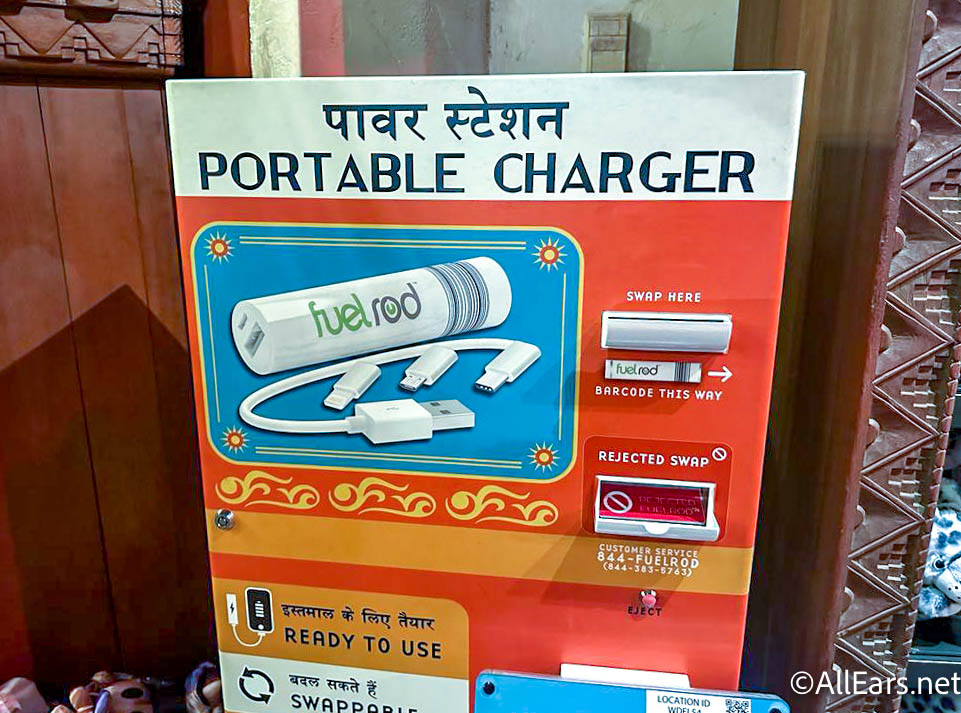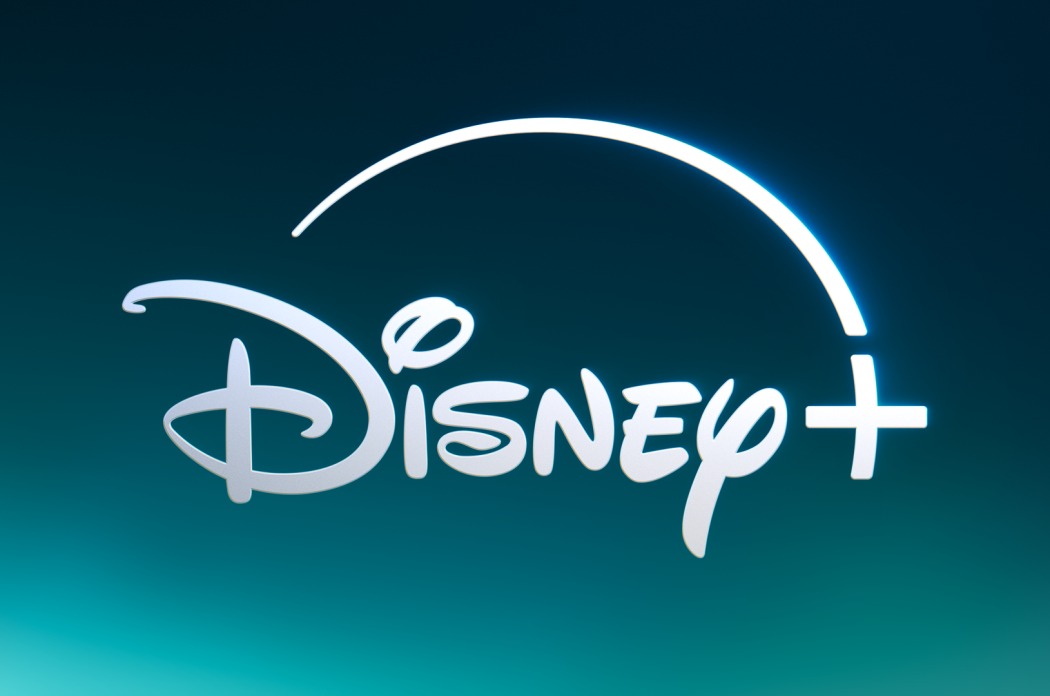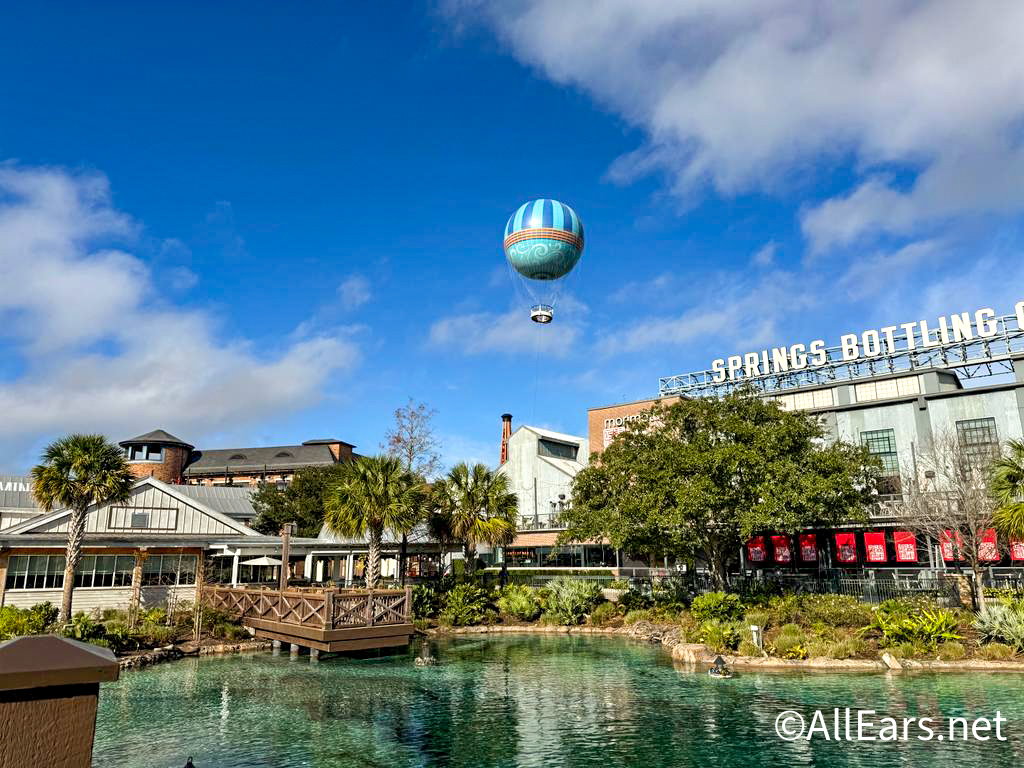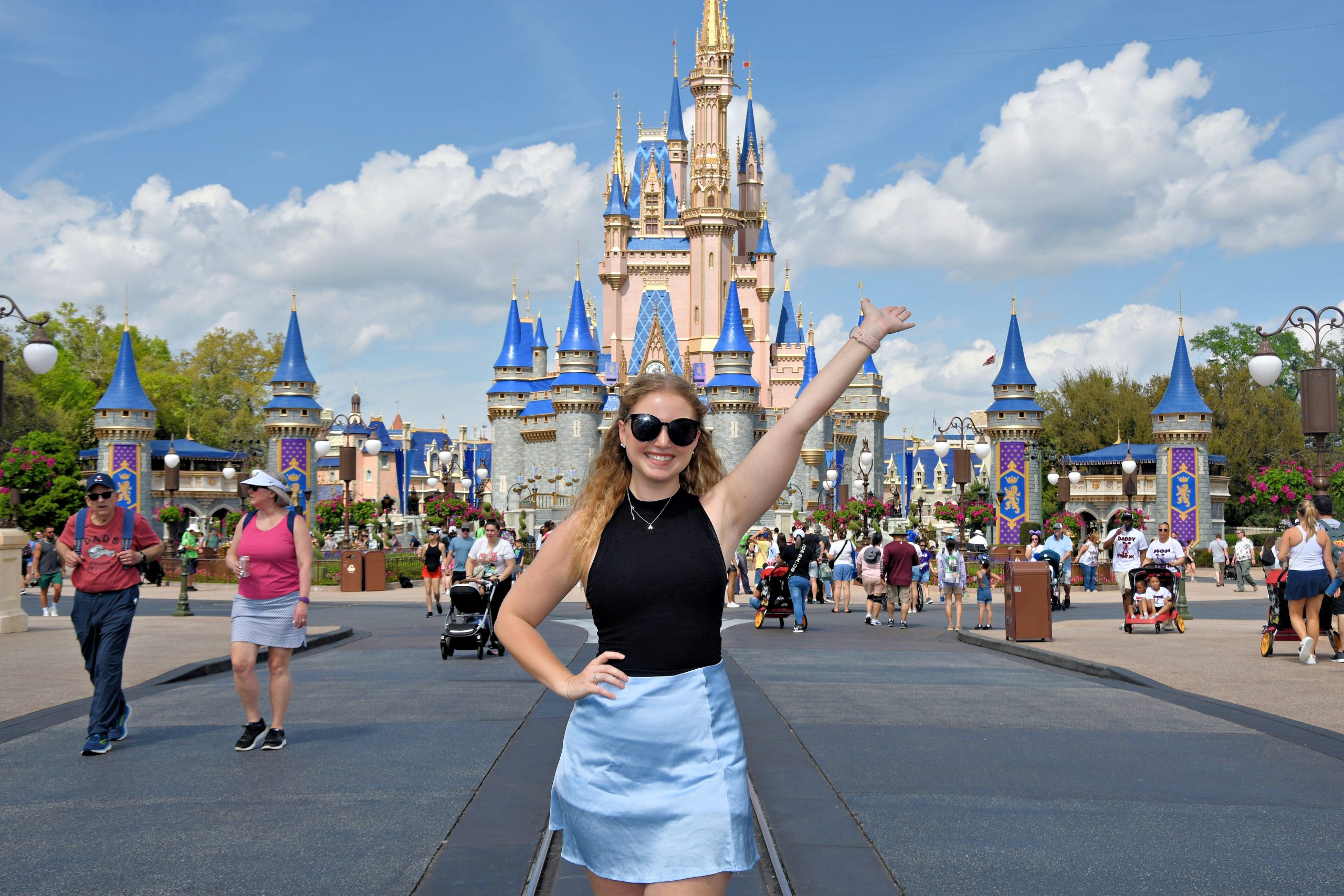Walt Disney Family Museum
by Sam Gennawey
AllEars® Guest Columnist
Feature Article
This article appeared in the December 6, 2011 Issue #637 of ALL EARS® (ISSN: 1533-0753)
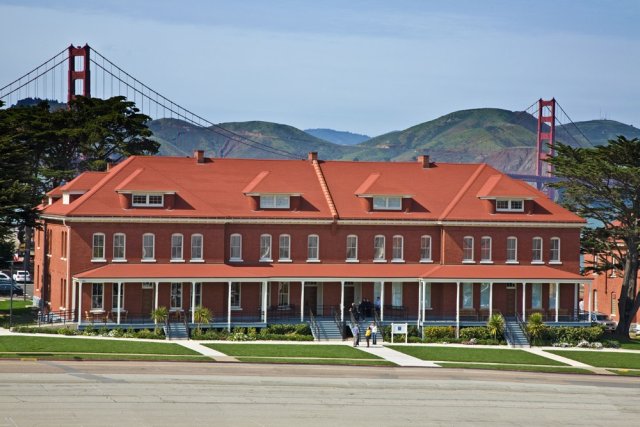 Fans of Walt Disney used to have two U.S. destinations where they could get closer to the magic — Disneyland and Walt Disney World. Now there is a third: The Walt Disney Family Museum (WDFM) in San Francisco.
Fans of Walt Disney used to have two U.S. destinations where they could get closer to the magic — Disneyland and Walt Disney World. Now there is a third: The Walt Disney Family Museum (WDFM) in San Francisco.
The WDFM opened to critical acclaim on October 1, 2009. The museum is located in the historic Presidio near the Golden Gate Bridge. The former military base has been around for more than 220 years and guards one of the most beautiful spots on earth. The architects for this imaginative award-winning project, Page & Turnbull, reimagined one of five identical Army barracks built in the 1890s that flanked the parade grounds. The refurbishment of the building was done with great care, elegant but not pretentious, much like the man. In addition to the museum you’ll find a gift store, small cafe, and a movie theater. Additional display and conference space and the administrative offices are located in separate buildings. You can take public transportation or park out front on the former parade grounds.
You enter the museum through a large lobby with plenty of seating to gather your party. Along the walls are some of the 900 awards given to Walt Disney, including the Presidential Medal of Freedom (1964). On display are some of the 32 Academy Awards® given to Walt, including the Snow White and the Seven Dwarfs statue with one large Oscar and the seven miniatures. The furniture from the family apartment above the fire station at Disneyland is also on display.
The museum is organized around 10 galleries that take you chronologically through Walt Disney’s professional and personal life. In each gallery we hear Walt’s own voice telling us his story. Researchers have clipped from hours of interviews to find relevant material that support the graphic displays.
We start with Walt’s “Beginnings” in Gallery 1. There is the Disney family tree; his memories of his boyhood home in Marceline, Missouri, and his earliest artworks. A reproduction of the ambulance Walt drove in Europe during the end of World War I is on display along with a reminder that this experience fueled his ambitions, and that when he returned to Kansas City he partnered with Ub Iwerks to form Laugh-O-Gram. After learning about the early history of animation, including books by Eadweard Muybridge and animated cartoons by E.G. Lutz, you move to the next chapter in Walt’s young life.
It is this elevator ride to the second floor galleries that provides an early, emotionally powerful moment. The elevator is dressed as the interior of a railroad passenger coach on the way to Los Angeles from Kansas City. Walt’s company went bankrupt and we hear him talk about the need for a good hard failure when you are young. But he would not be stopped and was motivated to move to Hollywood with $40, a “coat and a pair of trousers that didn’t match,” and his 1923 film Alice’s Wonderland.
The elevator doors open to Gallery 2 and you enter “Hollywood” from 1923 to 1928. Walt moved to Los Angeles, founded the Disney Brothers Studio, got married, and tasted his first drink of success with the Alice shorts and Oswald the Lucky Rabbit. The Oswald series was successful, but it was the loss of the character to his distributor that taught Walt and Roy many lessons. The fateful telegram from Walt to Roy telling him “DON’T WORRY EVERYTHING OK WILL GIVE DETAILS WHEN ARRIVE” is on display. Talk about the ultimate optimist. Most men would have been crushed. Walt became inspired.
 These events led to the creation of Mickey Mouse. From this point forward, Walt would always be in control of his intellectual properties, which has been at the core of the Disney organization’s success. The gallery features the earliest documented drawing of the future superstar and corporate symbol. Along one wall is a cell-by-cell reproduction of a scene in Steamboat Willie. Also included is Walt and Lillian’s wedding certificate and the beginning of the great love shared between them.
These events led to the creation of Mickey Mouse. From this point forward, Walt would always be in control of his intellectual properties, which has been at the core of the Disney organization’s success. The gallery features the earliest documented drawing of the future superstar and corporate symbol. Along one wall is a cell-by-cell reproduction of a scene in Steamboat Willie. Also included is Walt and Lillian’s wedding certificate and the beginning of the great love shared between them.
Walt was exploring “new horizons in the 1930s” with the success of Mickey Mouse. Mickey was quickly becoming one of Hollywood’s brightest stars (just look at the display with all of his merchandise) and the Disney roster kept growing with the addition of characters that display true personality, such as Minnie, Pluto, and Donald.
This gallery explores the world of the Silly Symphony series. Walt would use these new cartoons to expand the vocabulary of the art, experiment with the nature of color and depth. Many of the artists who made this magic possible are featured. One powerful exhibit is the side-by-side comparison of two versions of The Ugly Duckling, one from 1931 and the other from 1939. This is also the time when Walt was blessed with two new daughters, Sharon and Diane.
The focus of Gallery 4 is the “Move to Features” with the box-office smash Snow White and the Seven Dwarfs, a defining moment in Walt’s life and career. Walt suggested that when you are going to take a risk, go big and do it right. If the film was going to be a failure it needed to be a spectacular one. Everything about the concept and production of the film is detailed.
The success of Snow White allowed Walt to design and build the ultimate animation studio in Burbank and he said: “We were in a new business.” Gallery 5 takes a close look at the studio facilities as well as the production of Pinocchio, Fantasia, and Bambi. There is an original animation desk as well as one of the original multi-plane cameras, which allowed for added depth and reality.
But not everything would be golden. After such incredible success, Gallery 6 tells the story of “the toughest period of my whole life.” Walt was dealt the double blow of his animators going on strike and World War II. He did adapt and the studio turned to help the war effort by producing the most incredible training films. There were also bright spots including Dumbo and the “El Grupo” expedition to South America that gave birth to The Three Caballeros and Saludos Amigos.
Gallery 7 is focused on the “Postwar Production” period. This was one of the most productive times at the studio. The gallery is filled with innovative interactive technology and multimedia displays. The upper perimeter is wrapped in a wavy video screen. There are video stations with “bubbles” projected on a desk-like panel that you touch to manipulate. Tap a bubble and it expands and an image is projected on a screen in front of you. Fans of Mary Blair and 20,000 Leagues Under the Sea will find much to enjoy.
One of the most dramatic architectural moments comes when you enter Gallery 8, “Walt and the Natural World.” As I stated earlier, the museum is contained within the old Army barracks building. However, Gallery 8 and 9 are part of a new 20,000-square-foot addition. As you enter the gallery, the familiar globe from the True-Life Adventure series greets you. Along one wall are televisions playing clips from the series. On the other wall is a floor-to-ceiling glass window with one of the most spectacular views of the Golden Gate Bridge you will find anywhere.
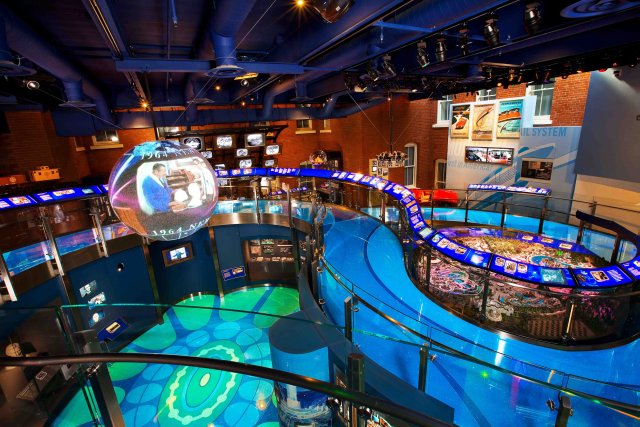 For me, the highlight of the museum is Gallery 9, “The 1950s and 1960s: the big screen and beyond.” The gallery contains a long ramp that leads from the second floor to the ground floor. Along the way you see the building blocks that led to the creation of Disneyland. It begins with Walt’s backyard railroad with the original Lilly Belle model steam locomotive on display. His fascination with miniatures is highlighted. His early involvement with television is also on display, including Zorro, The Mickey Mouse Club, the Man In Space series, and Davy Crockett.
For me, the highlight of the museum is Gallery 9, “The 1950s and 1960s: the big screen and beyond.” The gallery contains a long ramp that leads from the second floor to the ground floor. Along the way you see the building blocks that led to the creation of Disneyland. It begins with Walt’s backyard railroad with the original Lilly Belle model steam locomotive on display. His fascination with miniatures is highlighted. His early involvement with television is also on display, including Zorro, The Mickey Mouse Club, the Man In Space series, and Davy Crockett.
However, the real highlight is at the bottom of the ramp. Here you will find the model of the Disneyland that never was and always will be. It contains virtually every idea Walt had for the park, including existing attractions, extinct attractions, and the ones that never got off the drawing board. The model is rich in details and many of the elements are animated. It is packed with eye candy including John Hench’s original concept for Space Mountain, the 1967 version of Tomorrowland, and the Conestoga wagons riding over the berm in an expanded Frontierland.
The gallery goes beyond Disney with displays for Sleeping Beauty, The Shaggy Dog, Toby Tyler, Old Yeller, Darby O’Gill, Mary Poppins, the 1960 Winter Olympics in Squaw Valley, and the 1964-1965 New York World’s Fair featuring models, sketches, and artifacts. The EPCOT display was very special to me. During this period, Walt’s family also grew with two sons-in-law and seven grandchildren.
For many, making it through Gallery 10, entitled “December 15, 1966,” is going to be tough. We begin with Walt talking about his final project — the Mineral King Ski resort high up in the Sierra Nevada mountains of California. He looks old and tired in the press conference video. Nearby are personal objects that were collected by his children and grandchildren.
In the next room is a television playing the announcement of his death, while the adjoining walls are plastered with editorial cartoons covering the event. Just about the time you bring out the tissues you enter the final room — a brilliant white chamber with video screens displaying all of the things Walt accomplished with quotes from those who knew him best.
The entire museum is a fitting tribute to the most influential entertainer of the 20th Century and is a must-do for any Disney fan.
(EDITOR’S NOTE: Photos courtesy of Sam Gennawey and the Walt Disney Family Museum.)
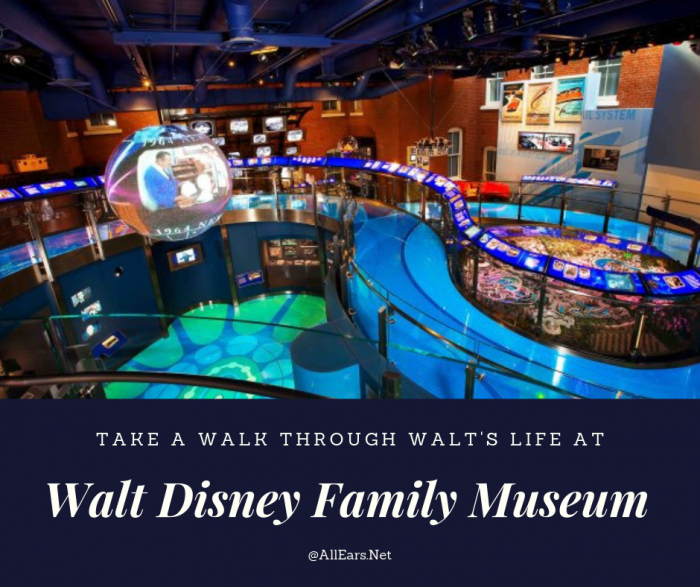
-=-=-=-=-=-=-=-=-=-=-=-=-=-=-=-=-=-=-=-=-
Sam Gennawey is an urban planner in California who has a serious interest in the history and design of the Disney theme parks. He maintains a blog called Samland (http://samlanddisney.blogspot.com/) and is the author of a new book, Walt and the Promise of Progress City, which will be excerpted in upcoming issues of AllEars®.
EDITOR’S NOTE: Sam Gennawey will host a conversation with Ron Miller and David Price to discuss “Mineral King: Walt’s Lost Last Project,” the innovative year-round mountain resort that was one of Walt’s last major projects. The program will give context and detail to a remarkable and imaginative destination resort project, and will explain the forces and opposition that led to its ultimate abandonment. It will also offer insight into Walt’s vision at the height of his final career phase. The discussion will be illustrated by rare images, art, photos, archival documents, and film clips.
WHEN: Saturday, January 21, 2012 from 3 to 4:30 p.m.
WHERE: The Walt Disney Family Museum, located at 104 Montgomery Street, The Presidio of San Francisco, San Francisco, CA 94129
For more information, contact the Walt Disney Family Museum:
http://disney.go.com/disneyatoz/familymuseum/index.html
-o-o-o-o-o-o-o-o-o-o-o-
Editor’s Note: This story/information was accurate when it was published. Please be sure to confirm all current rates, information and other details before planning your trip.

